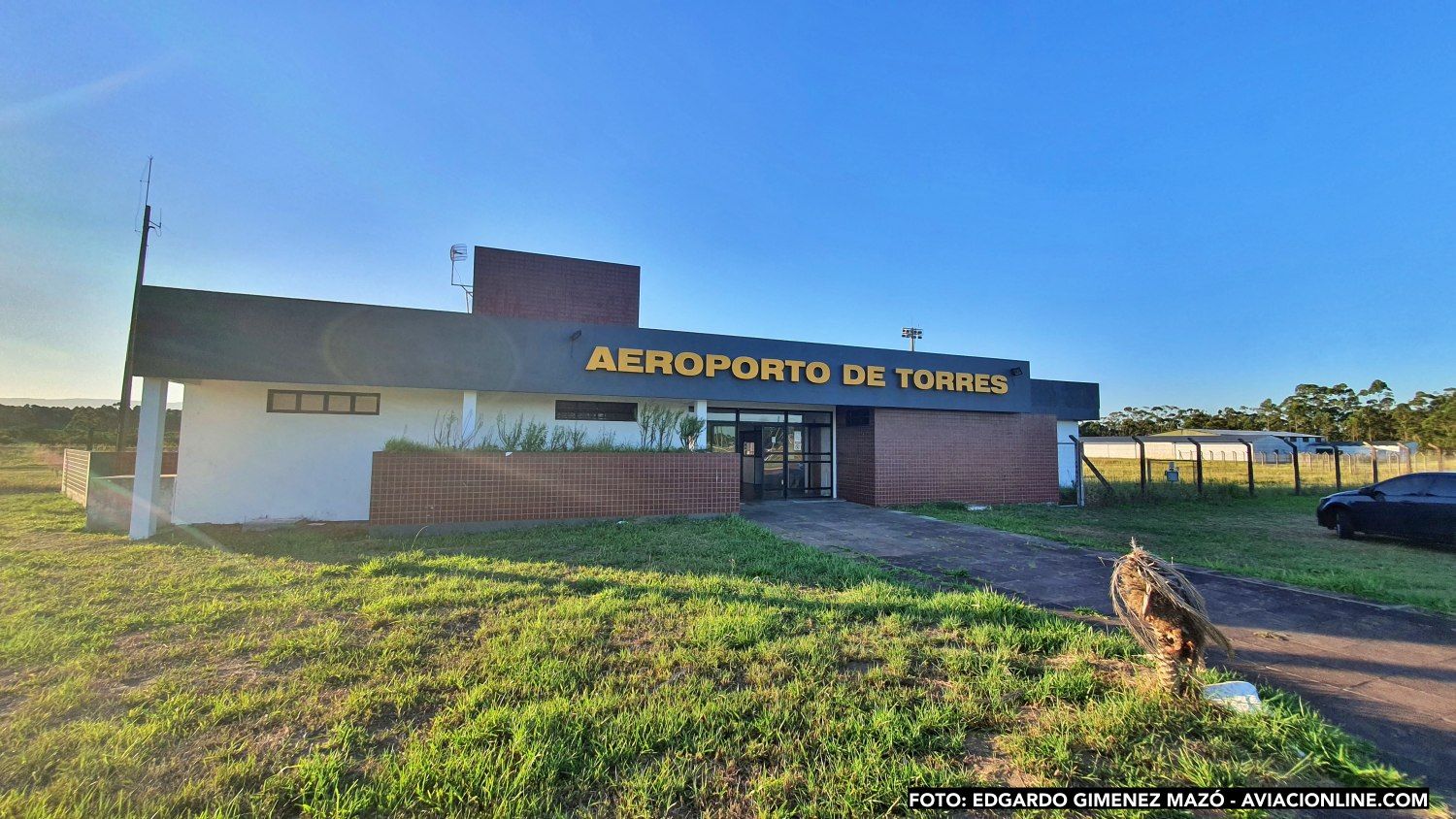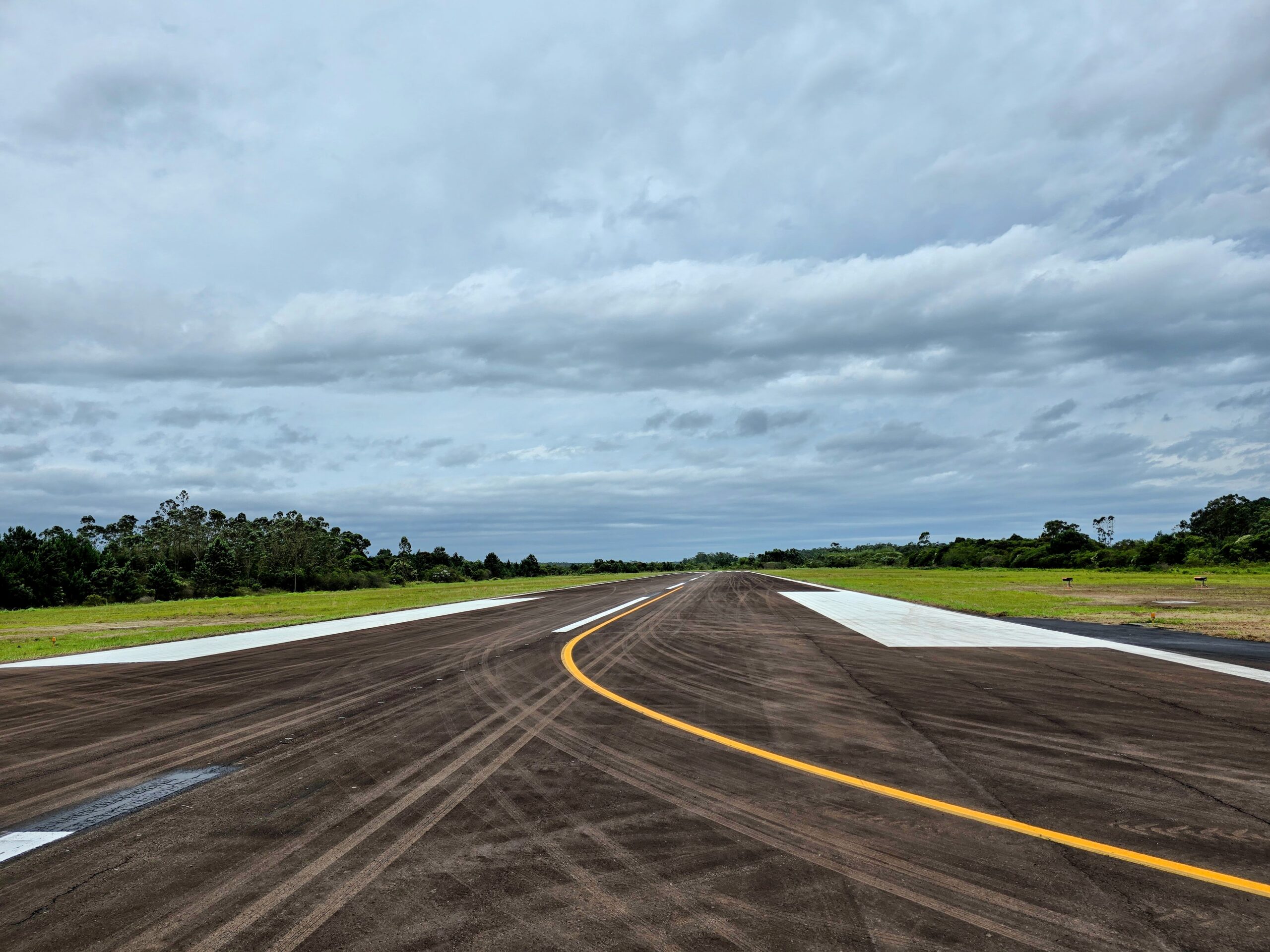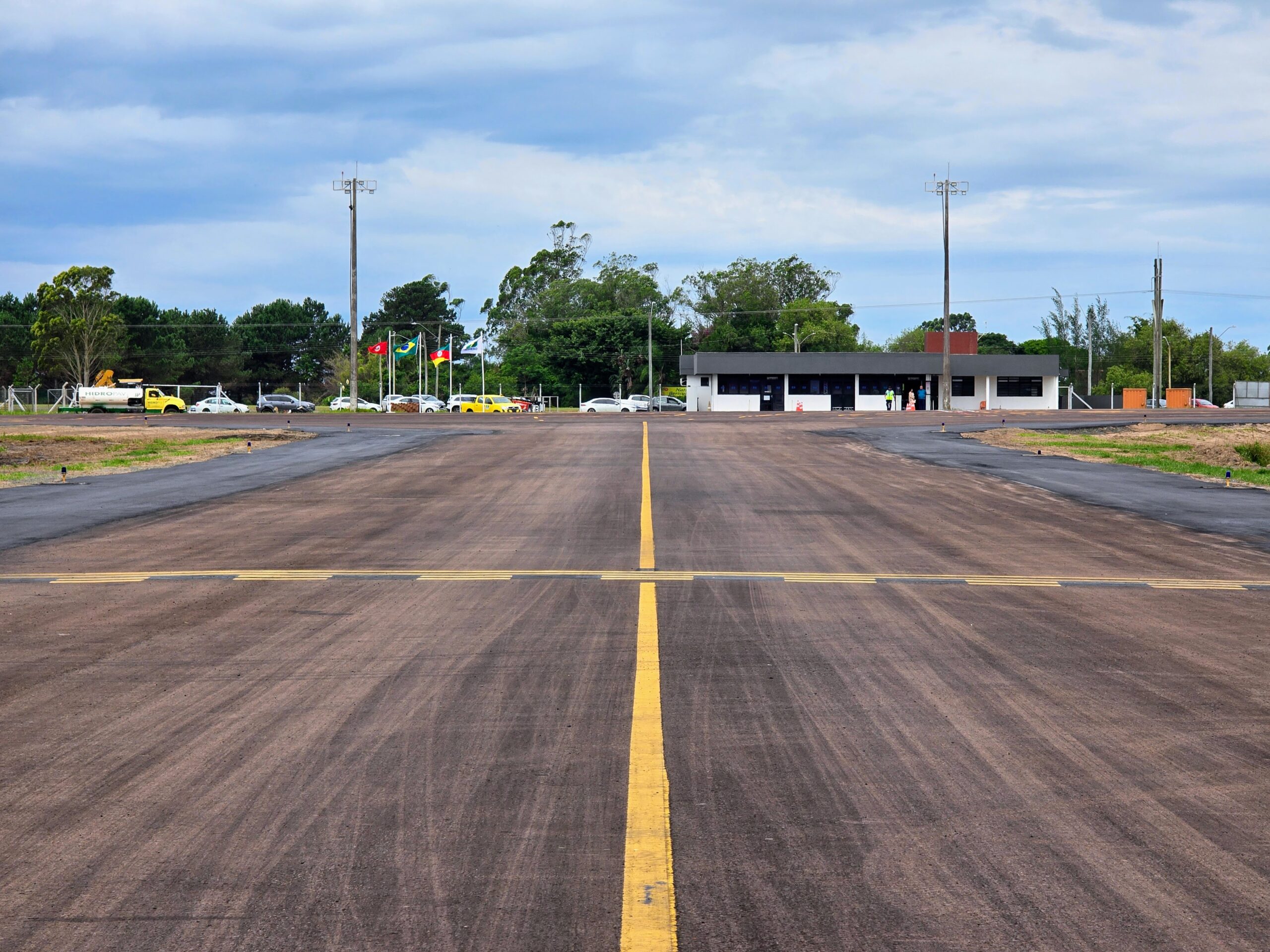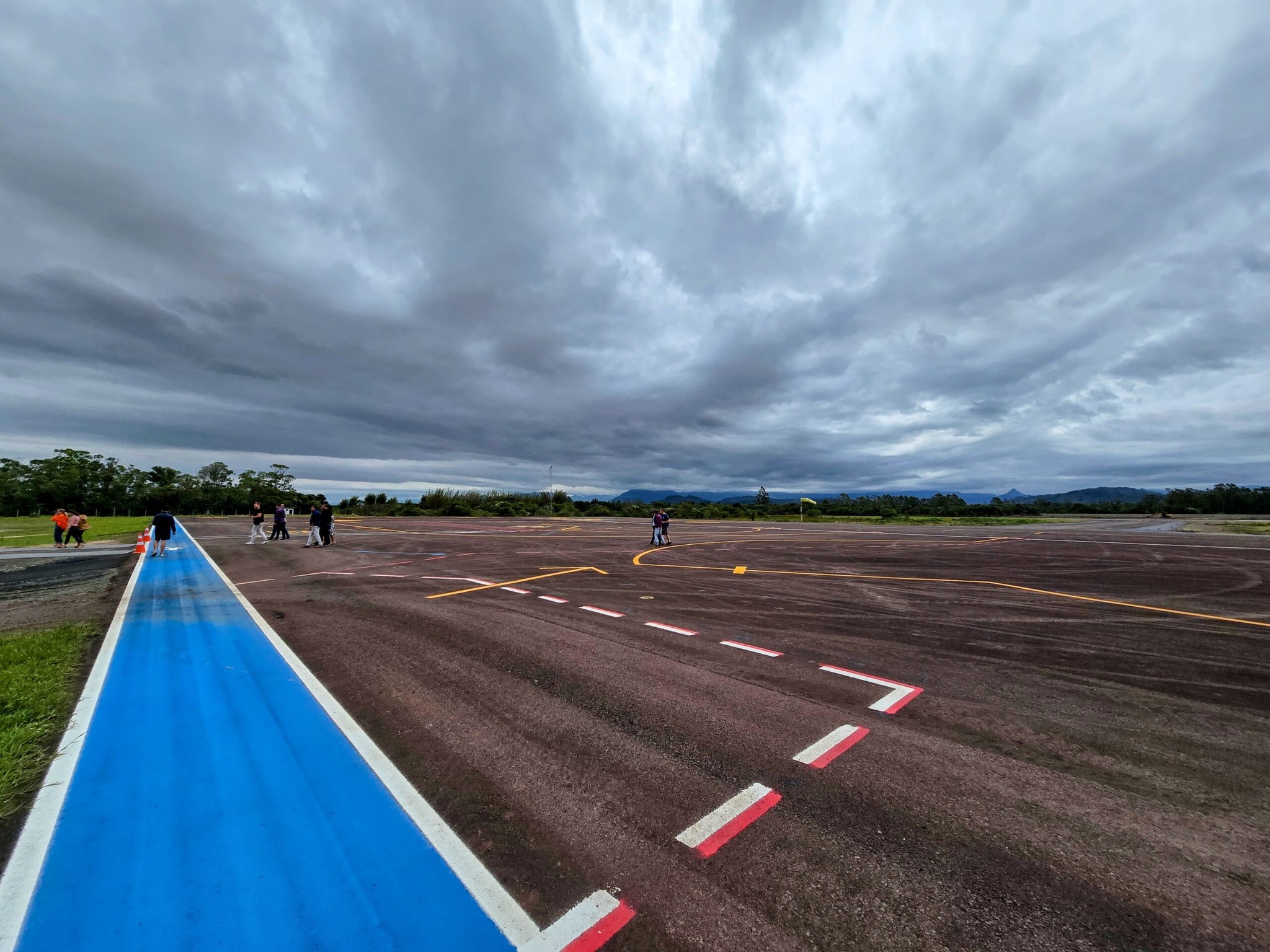The Brazilian Airport Infrastructure Company (Infraero) announced the completion of the first phase of works at Torres Airport, in Rio Grande do Sul, including the expansion of the taxiway and the renewal of runway markings, with an investment of 22 million reais. These works include the expansion of the taxiway from 16 to 25 meters, enabling the airport to receive category 3C aircraft, such as the ATR-72, and the renewal of markings on the runways, taxiways, and apron.
Positions
Additionally, five positions for airplanes and one for helicopters were installed, as well as the PAPI (Precision Approach Path Indicator) system on both ends of the runway, enhancing operational safety. The inauguration ceremony was held on December 2, meeting the planned schedule following the airport’s concession to Infraero in September 2024. The works required the suspension of landing and takeoff operations between October 28 and November 28, 2024, and were completed within the established deadlines.
Future operations and second phase at Torres
The second stage of the project at Torres Airport, currently underway, includes the construction of a perimeter inspection route and a wall in sensitive areas of the airport. Infraero plans to complete this phase in early 2025. With these improvements, the airport will be ready to receive regular flights from airlines such as Azul Linhas Aéreas and VoePass, according to Infraero. Infraero’s president, Rogério Barzellay, emphasized the Company’s responsibility in meeting agreed timelines and improving the infrastructure of airports in Rio Grande do Sul: “Infraero is present, supporting the reconstruction of Rio Grande do Sul, and our investments in the State are proof of this, in addition to the efforts we have already made at the airports of Passo Fundo and Santo Ângelo.”
Surf Capital
Torres, known as the «Brazilian surf capital», has a population of nearly 100,000 and attracts approximately 500,000 tourists annually due to its beautiful beaches, cliffs, and hills. The opening of the airport represents a significant improvement in the region’s connectivity, which previously depended on the nearest airports, such as Porto Alegre and Jaguaruna, located several hours away by road.





Comentarios
Para comentar, debés estar registrado
Por favor, iniciá sesión